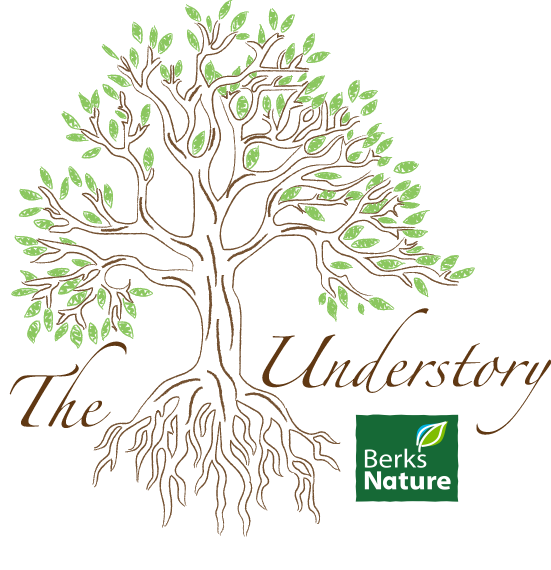This year, we celebrate the 50th Anniversary of Earth Day, a grassroots movement that culminated into the largest public demonstration yet observed in the United States, mobilizing 20 million people on behalf of Mother Earth.
The outpouring of public activism quickly leveraged a political response. In the years following Earth Day, the federal government established the Environmental Protection Agency and passed a series of laws designed to safeguard the air we breathe, water we drink, and land on which we live.
Reflecting on the first Earth Day and the environmental movement that followed, John C. Whitaker, Cabinet Secretary to President Nixon, had this to say:
“The feverish pitch of Earth Day 1970 passed, but the environmental movement did not go away. Instead, the drive for a cleaner environment became part of our national ethic. Now it is taken for granted, the best possible testimonial that progress is being made. Our nation’s thinking has changed. Endorsing growth without regard to the quality of that growth seems forever behind us. The failure of the economy to take into full account the social costs of environmental pollution is being rectified.”
Those words were written in 1988.
Can the same be said of America today? Is a clean environment still a keystone of our national ethic? Or have we taken for granted the progress that 20 million people demanded 50 years ago?
In this short series titled Earth Day Reflections, we consider the role of Earth Day and the evolution of America’s stewardship ethic in three parts: first, we look back on the past to remind ourselves of how far we’ve come; then we consider the state of our environment today, celebrating and calibrating our environmental victories; and finally, we look to the future and acknowledge both the challenges and opportunities ahead.
The Past: Poison Control
“The history of life on earth has been a history of interaction between living things and their surroundings. To a large extent, the physical form and the habits of the earth’s vegetation and its animal life have been molded by the environment. Considering the whole span of earthly time, the opposite effect, in which life actually modifies its surroundings, has been relatively slight. Only within the moment of time represented by the present century has one species-man-acquired significant power to alter the nature of his world.” – Rachel Carson, Silent Spring
Rachel Carson’s Silent Spring elevated concern regarding mankind’s irresponsible manipulation of the land and the implications of this mistreatment for the entire ecosystem and its inhabitants. At the heart of Carson’s criticisms was the once hailed “magic” poison: dichlorodiphenyltrichloroethane or DDT.
DDT became a household name in the 1940s not as a domestic solution for agricultural pests, but as a tool of war. On the battlefields of WWII, DDT was used to eliminate disease-carrying insects like mosquitoes and body lice, thus controlling the spread of insect-borne diseases like malaria and typhus.
In 1944, American newspapers celebrated DDT for putting an end to typhus, “the dreaded plague that has followed in the wake of every great war in history.” On the home front, DDT killed malaria-laden mosquitoes throughout the south and protected commercial crops from disastrous infestations.
DDT’s potency as a life-saving insecticide ultimately earned its creator, Paul Hermann Müller, the Nobel Prize in Physiology or Medicine in 1948, for saving the, “life and health of hundreds of thousands,” from insect-borne disease.
Despite its acclaim, the toxic threat of DDT to human health and environmental stability soon emerged. In wartime, the environmental cost paid by insects, birds, and fish was acceptable collateral damage. But as the United States prepared DDT for public sale, even the War Production Board cautioned that its use could “upset the balance of nature”.
From the start, federal scientists had known DDT’s deleterious effects on bees, butterflies, and birds among other wildlife. But concerns were generally met with ambivalence among the American public: DDT was cheap, effective, and persistent – remaining viable in the environment for a long time thus prolonging its deadly impacts. Agricultural and commercial applications became so widespread that at its peak in 1959, the United States used about 80 million pounds of DDT nationwide.
Earth Day and the Present: Banned But Persistent
Doubt built throughout the 1950s as congressional hearings considered the impact of DDT on public safety and the food supply. The publication of Rachel Carson’s Silent Spring in 1962 capitalized on this concern, effectively turning the American public against DDT.
DDT found itself in the cross-hairs of a burgeoning environmental movement following the first Earth Day and in 1972 the EPA banned the pesticide.
Environmentalists celebrated the ban as a victory for wildlife like native pollinating insects and birds – particularly large birds of prey like the osprey and our national sigil the bald eagle. Populations of these impressive birds collapsed after DDT poisoning compromised the integrity of their eggs, preventing parents from properly incubating their broods.
In 2001, DDT was banned for agricultural uses worldwide by the Stockholm Convention on Persistent Organic Pollutants. Still, the Stockholm Convention authorized limited applications of DDT to control mosquitoes in countries where malaria posed a significant risk to human health. The World Health Organization (WHO) supported this exemption, declaring that the benefits of the pesticide outweigh the health and environmental risks.
The double-edged sword that is DDT continues to incite complicated conversations.
On the one side, some research reports that harmful concentrations of DDT persist in the environment to this day, nearly 50 years after its ban in the United States and continue to threaten wildlife and the integrity of our ecosystems. Others maintain that the public health benefits of DDT as a control for insect-borne diseases warrants its more widespread use, an argument that gained traction in 2016 with the emergence of the mosquito-borne Zika virus.
Our Future: Surviving the Anthropocene Together
The Anthropocene is an environmental buzzword used to symbolize the advent of a new epoch in Earth’s history, one that is defined by mankind’s imposing manipulation of the planet.
Overwhelming evidence suggests that the actions humans have taken during our relatively short tenure on the Earth’s surface have altered the atmospheric, geologic, hydro-logic, and biospheric systems of the planet. From flammable rivers, to deadly smog, to poisoned land, the impacts of our species are substantial, widespread, and long-lasting.
The future then, to someone living through the Anthropocene, can be a daunting prospect. The interconnectedness of our world and humans’ ability to manipulate these channels is simultaneously intimidating and inspiring.
Yes, inspiring. It would be irresponsible to ignore the damage humans have inflicted on the planet especially now as we face the dire culmination of our species’ manipulations: climate change. But we also cannot forget our capacity to enact positive change that is likewise substantial, widespread, and long-lasting. We cannot forget that 50 years ago, facing a similarly dire future, we rose to the challenge, we took to the streets, we changed our policies, and our water, air, and land are all better for it.
The future is fraught with new challenges and our journey to sustainable coexistence is long, but let these reflections serve as a reminder: we are all part of the same global community, our actions have meaning, and there is hope for the natural world.
“In nature, nothing exists alone.” – Rachel Carson, Silent Spring.




